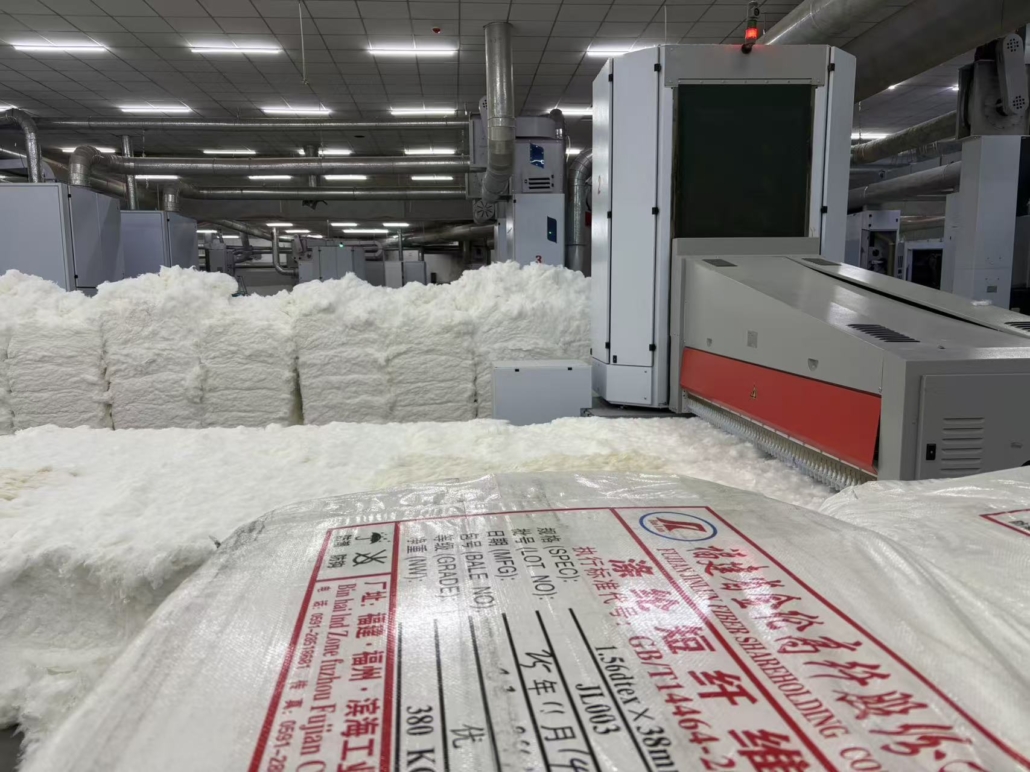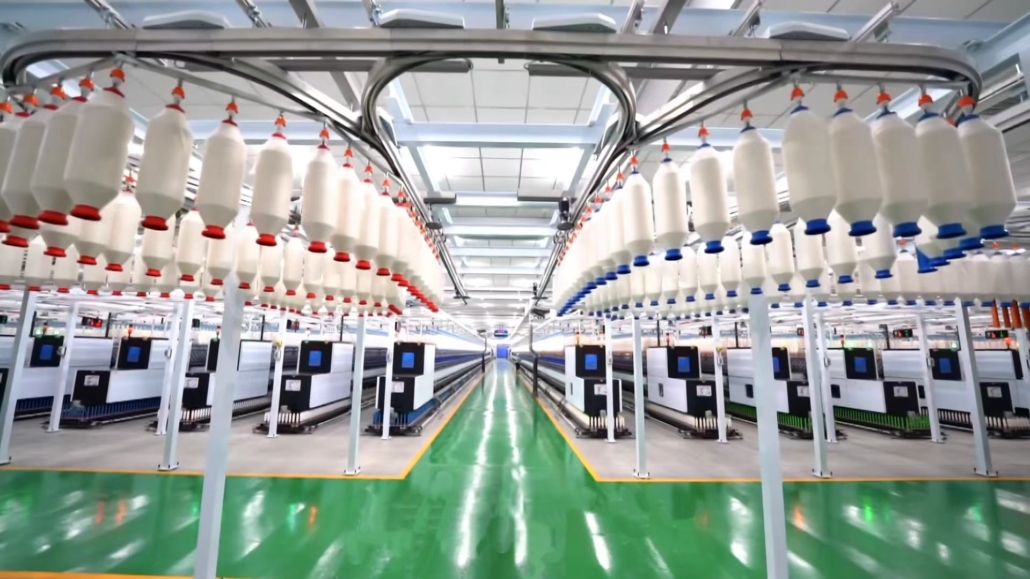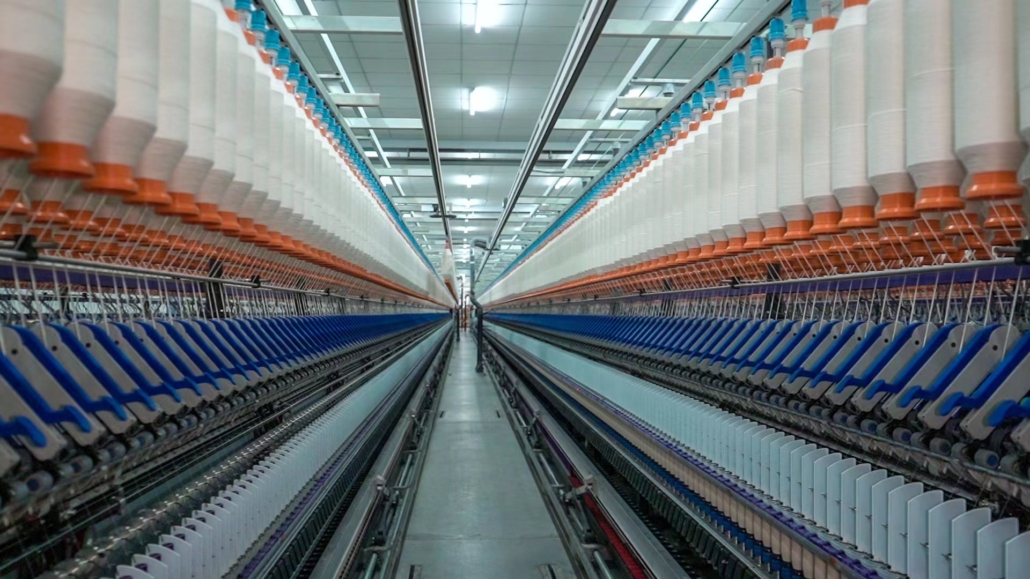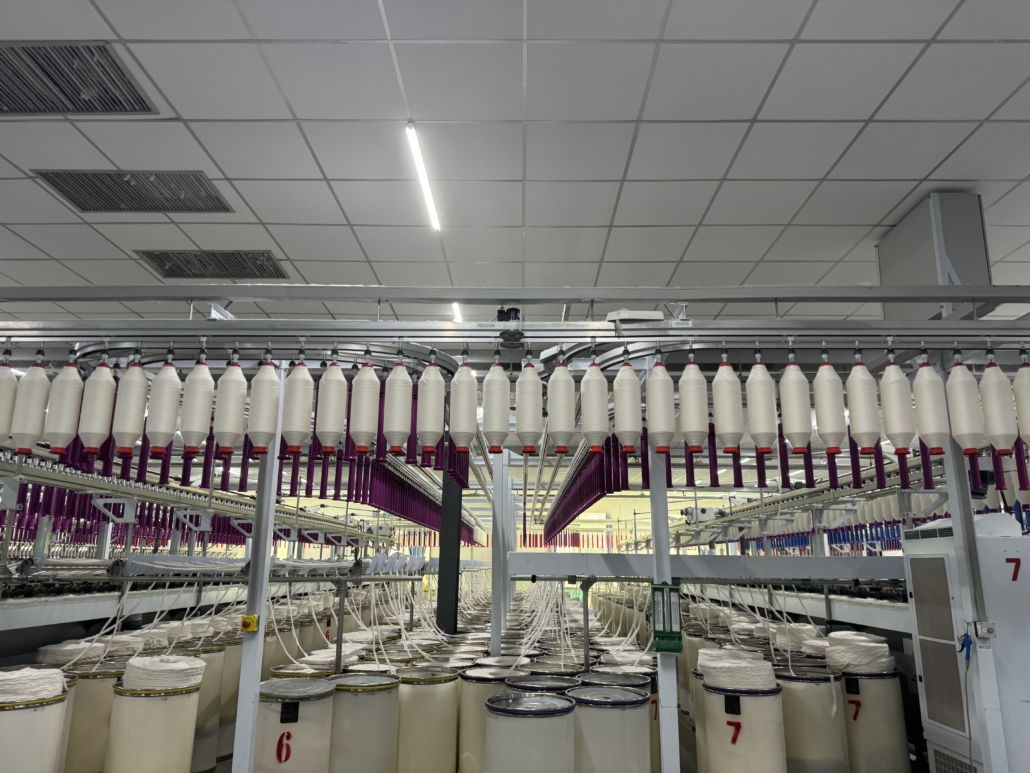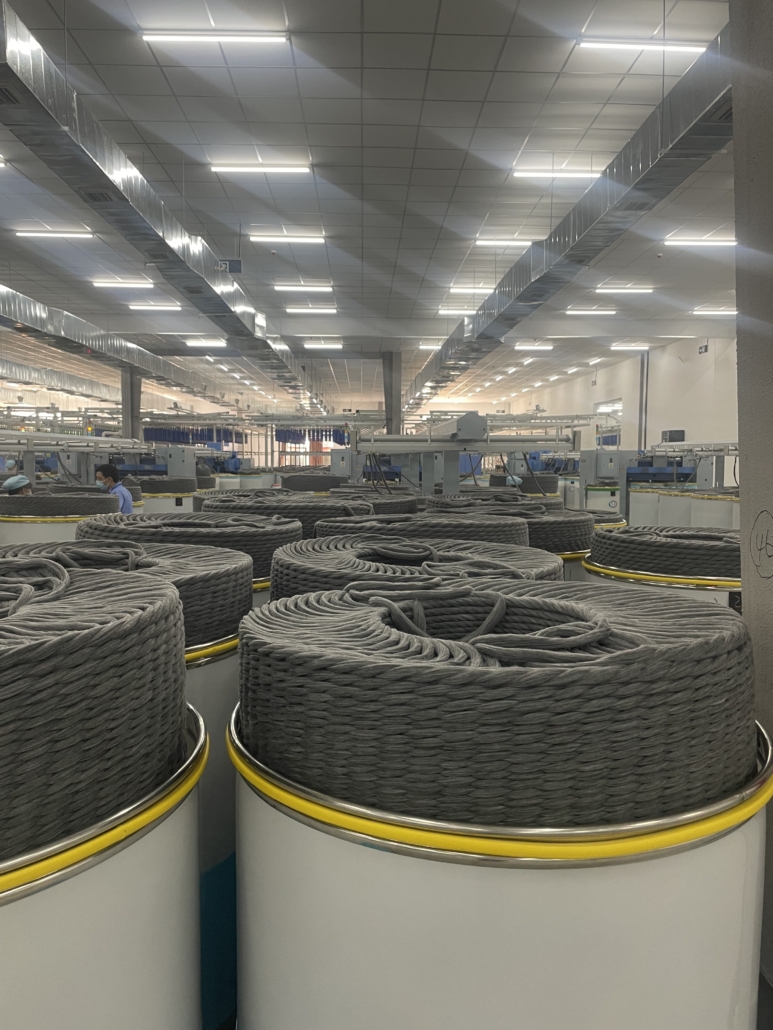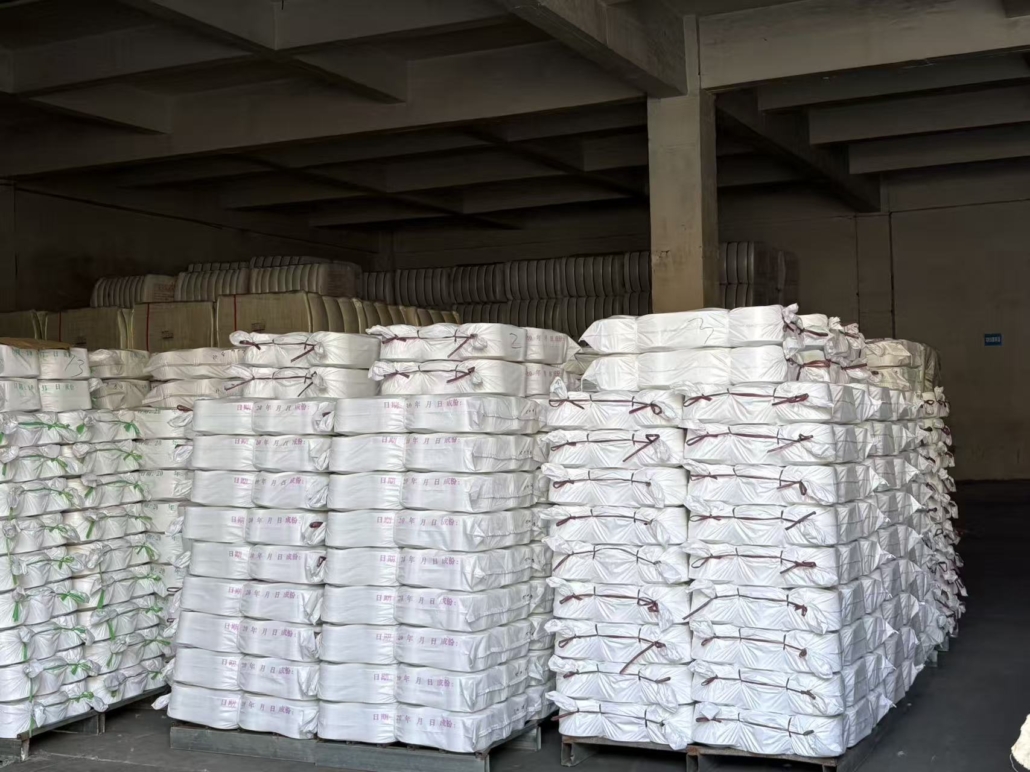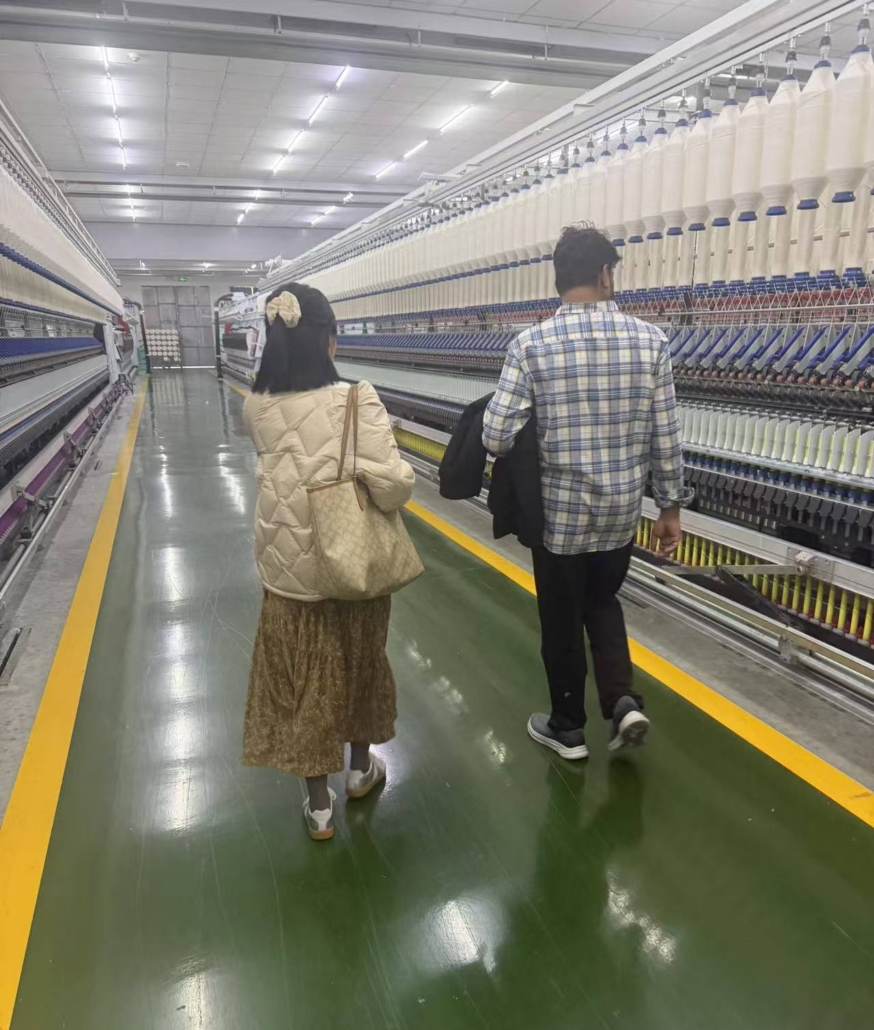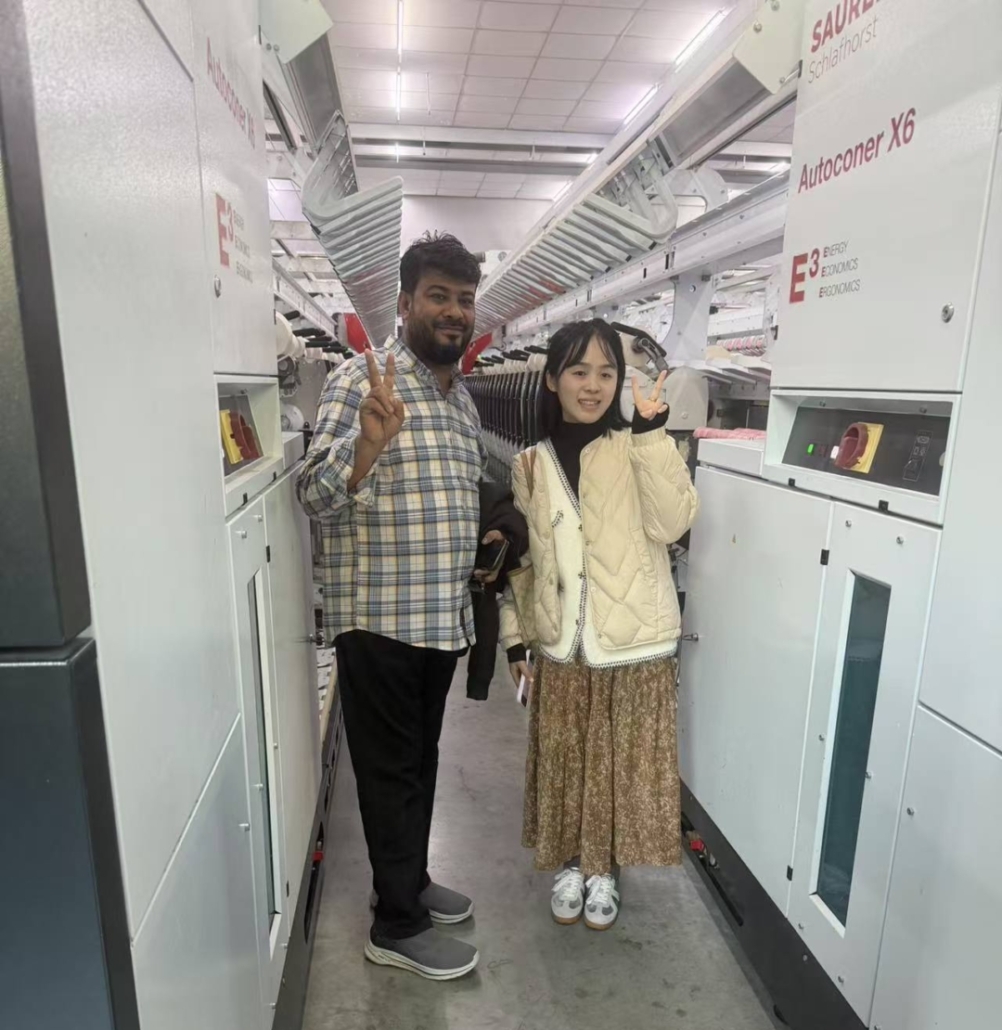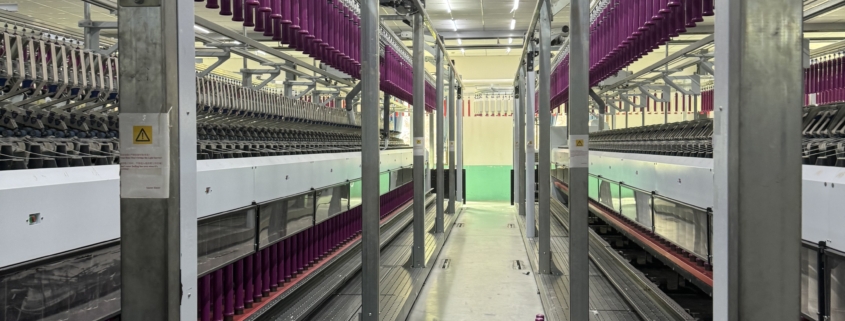Overview
Yarn serves as the fundamental building block of textiles, transforming raw fibers into continuous strands that create the fabrics shaping our world. Whether in clothing, home textiles, or industrial applications, yarn’s versatility makes it indispensable to modern life. This guide explores yarn’s core concepts, production processes, and diverse applications.
Definition and Basic Composition
Yarn is a continuous and elongated body made by twisting textile fibers. As an intermediate material connecting fibers and fabrics, it is widely used in the field of textile and clothing. Its definition covers both traditional short fiber yarns and long fibers.
According to the raw materials, it can be divided into natural fiber yarn (cotton/linen), chemical fiber yarn (polyester/nylon), and blended yarn.
According to the production method, it can be divided into process categories such as ring spinning and air flow spinning, with structural forms including single yarn, stranded yarn, and deformed yarn.
The performance of yarn is determined by fiber properties and structural parameters such as twist and twist direction. Twist affects yarn strength and feel, twist direction regulates fabric gloss and pattern morphology, and fineness is measured by indicators such as tex and metric count.
The traditional spinning process includes three stages: opening and combing, merging and stretching, and twisting and winding. Modern technology has developed new processes such as siro spinning and agglomeration spinning to improve yarn uniformity and functionality. Special yarns such as floral threads achieve decorative effects through a composite structure of core and decorative yarns, while deformable yarns improve the fluffiness and comfort of synthetic fibers. Sewing threads need to be adapted to the shrinkage and durability requirements of different fabrics.
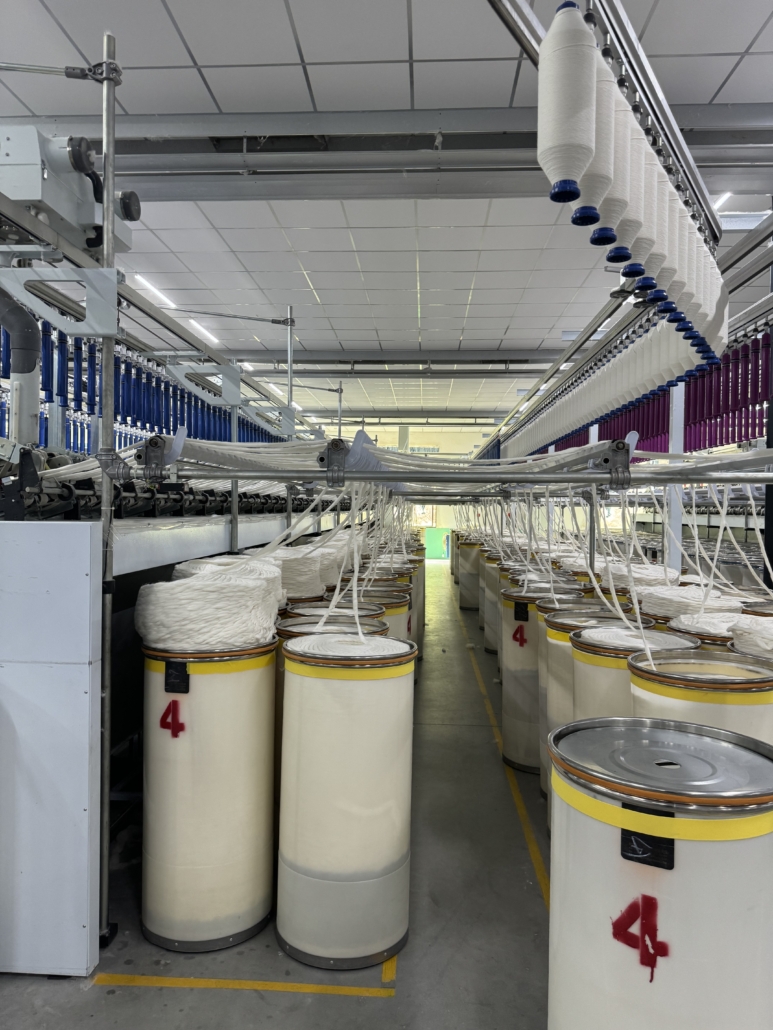
Types of Yarn
Yarn is categorized based on fiber length, structure, and processing method:
1. Spun Yarns
Made from short fibers (natural short fibers or synthetic cut fibers) twisted together, divided into ring spun yarn, free end spun yarn, and self spun yarn.Examples include cotton and wool yarns. They offer softness, warmth, and a matte appearance but may have lower strength compared to filament yarns.
2. Filament Yarns
Continuous filament, such as natural silk and synthetic filament, with or without spinning, smooth filament or deformed filament, etc. Variants include:
FOY (Fully Oriented Yarn): High strength, low elongation
POY (Partially Oriented Yarn): Used as feedstock for texturing
DTY (Draw Textured Yarn): Elastic and bulky, ideal for knitting
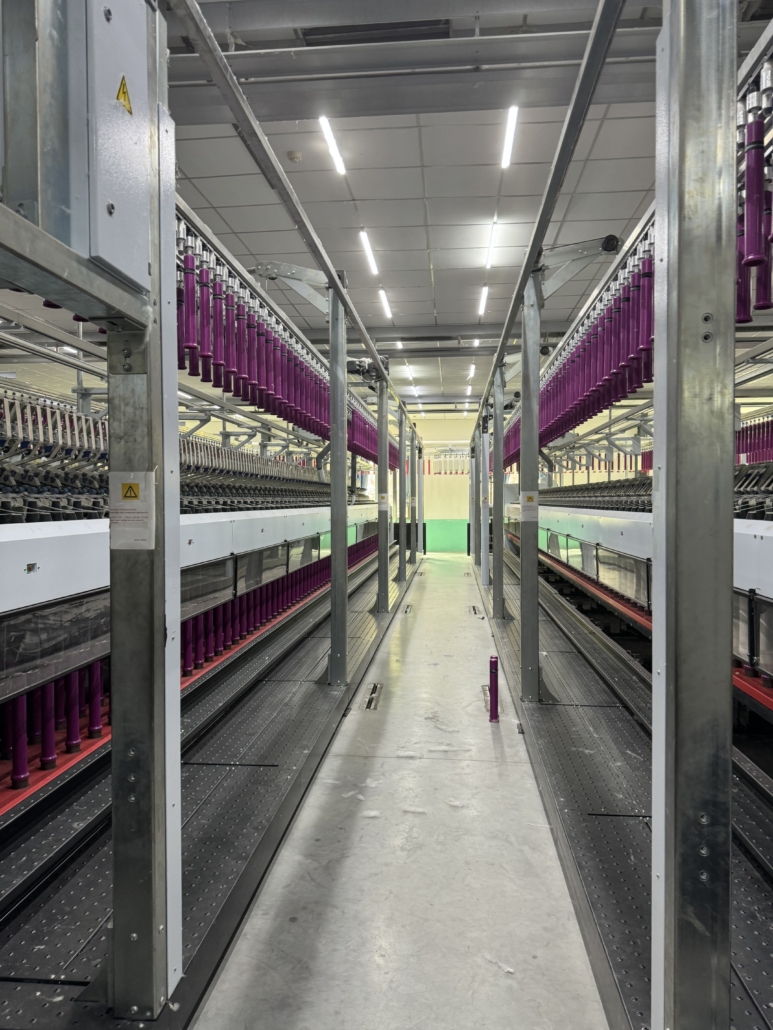
3. Blended Yarns
Short fiber and continuous filament combination yarn.
Combine different fibers (e.g., polyester-cotton) to enhance performance, durability, and cost-efficiency. , such as polyester cotton filament core spun yarn. Thread is made by combining and twisting two or more strands of single yarn.
Key Production Processes
Yarn manufacturing varies by fiber type:
Spun Yarn Production
Opening & Blending: Loosening and mixing fibers
Carding: Aligning fibers into a thin web
Drawing: Evening and paralleling fiber strands
Spinning: Twisting drafted strands into yarn via ring, rotor, or air-jet systems
Filament Yarn Production
Melt spinning (for synthetics): Extruding polymer through spinnerets
Wet spinning (for regenerated fibers): Using chemical coagulation
Critical Technical Parameters
Understanding yarn requires knowledge of:
Count: Expresses fineness (e.g., Tex, Denier, Ne)
Twist: Turns per unit length affecting strength and handfeel
Ply: Number of single yarns twisted together
Tenacity: Resistance to breaking under tension
Applications Across Industries
Yarn’s adaptability enables diverse uses:
Apparel: Clothing, hosiery, accessories
Home Textiles: Upholstery, bedding, carpets
Technical Textiles: Medical sutures, geotextiles, composites
Industrial Products: Conveyor belts, tire cords, filters
Innovation and Sustainability
he yarn industry continues evolving with:
Recycled Yarns: Reducing waste via post-consumer materials
Smart Yarns: Integrating conductive fibers for wearables
High-Performance Variants: Meeting demands for durability and function
summary
Yarn represents both an ancient craft and a modern innovation. Its role extends beyond traditional textiles into advanced industries, driven by sustainability and technological progress. Understanding yarn empowers smarter material choices, better product design, and greater appreciation for the fabrics defining everyday experiences.
Explore our yarn solutions—where quality meets innovation and reliability.
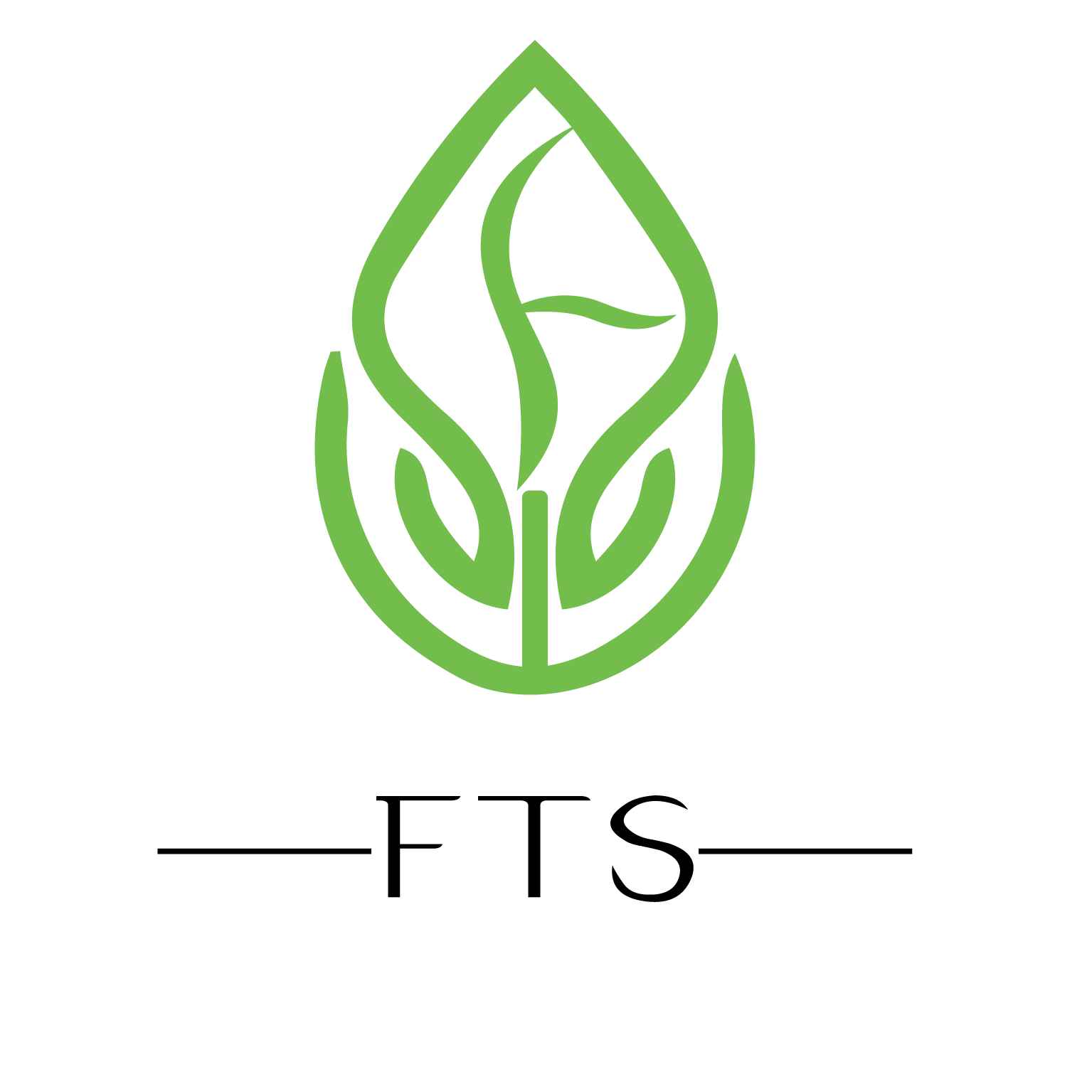
Fuzhou Fangtuosi Textile Materials Ltd.
Category
Latest News
 Global Client Visits Our FactoryDecember 3, 2025 - 9:06 am
Global Client Visits Our FactoryDecember 3, 2025 - 9:06 am What Is Yarn?September 26, 2025 - 1:09 am
What Is Yarn?September 26, 2025 - 1:09 am


